The characteristics of solar lenses
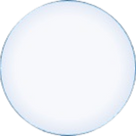
Clear Lenses
Perfectly transparent, clear lenses are for use indoors, on days without sun or at night.
The materials we use filter 100% of UV rays.

Grey Lenses
The gray tint reduces light intensity without changing color perception. This tint is generally very popular with hypermetropes.
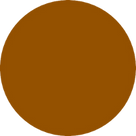
Brown Lenses
While reducing the light intensity, the brown tint brings a warmer component to the colors. This will have the effect of improving the contrasts. This tint is generally appreciated by myopes.

Grey-Green Lenses
A neutral tint par excellence because it is located right in the middle of the visible spectrum, the Yellow-Green note of this glass energizes the perception of colors.
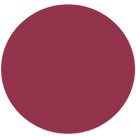
Purple Lenses
A contrast enhancer, the purple color is particularly suitable for practicing outdoor sports in mid-season, when light conditions are low to average.
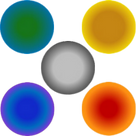
Mirror Treatment
Mirror treatments reduce light transmission by 2 to 3%. They are the perfect complement to classic tints for use in bright conditions and play an important aesthetic role in the look of the equipment.
However, they can slightly modify the perception of the basic tint of the glass.
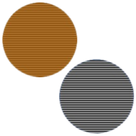
Polarizing Lenses
Combined with the properties of the base tint, the polarizing film eliminates unwanted reflections and restores a palette of rich, nuanced hues.
It is important to point out, however, that removing reflections from horizontal surfaces can have some drawbacks in certain sports practices.
For example:
- In golf, slope variations on the green will be less noticeable due to the lack of reflections on the blades of grass.
- When sailing, you will read the gusts on the surface of the water less precisely.
- When trail running or mountain biking, you will see less of the surface of puddles. Beware of surprises!
- When skiing, patches of ice will become less visible.

Photochromic lenses
The tint of the glass adapts to the ambient brightness (quantity of UV) and thus allows you to have a glass that can be used throughout the day, including at night for category 0-3 glasses and whatever the season. It is the “all seasons” and “all conditions” glass par excellence!
It is important to note that the reaction time for darkening is faster than for lightening, so in the event of sudden changes in brightness, the glass will take 15 to 30 seconds to adjust to the new environment.
Temperatures also affect the dynamic performance of the lens. Thus, cold accelerates and amplifies the photochromic effect while high temperatures reduce performance.
Finally, behind a windshield, the amount of UV is greatly reduced, which also reduces photochromic functioning.
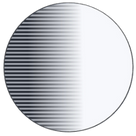
Polarizing Photochromic Lenses
XTRActive Photochromic – Polarized lenses are the best compromise that allow you to adapt to all light conditions throughout the year, including behind a car windshield.
You can add a mirror treatment to them to accentuate the filtration and match them to the color of your frame.
It should be noted, however, that XTRActive lenses have a base tint of around 15%, which can bother the user when the light is reduced, for example at nightfall.
Our recommendations for your glasses
The features of solar lenses
Sunglasses have several functions, so it is important to know your protection needs.
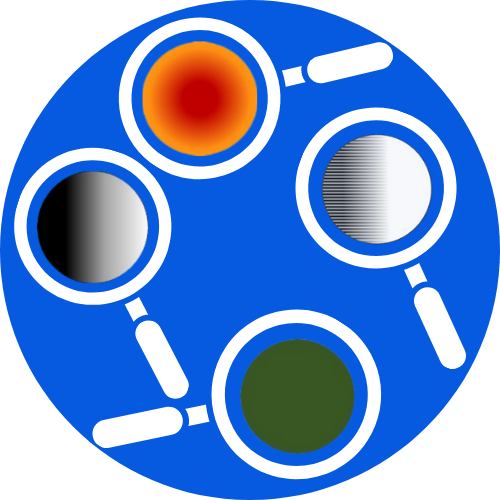
The characteristics of solar lenses
Each of the properties of the glasses corresponds to a need, an optimal use and therefore a performance.
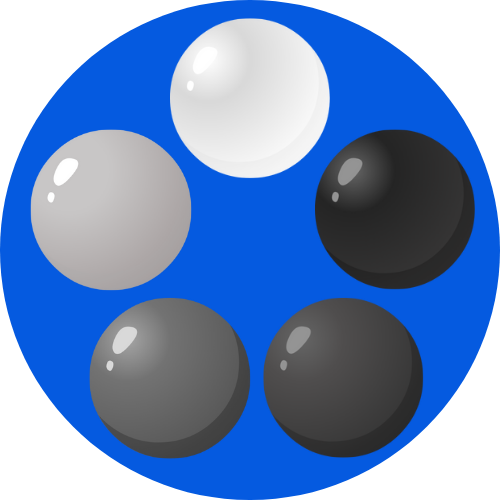
Categories of sun lenses
Find the right light intensity for maximum comfort and performance.

Our recommendations by sport
Each sport or sporting practice has its constraints and thus defines different needs. Here is our advice…
We are available
If you have any questions, please do not hesitate to contact us!

